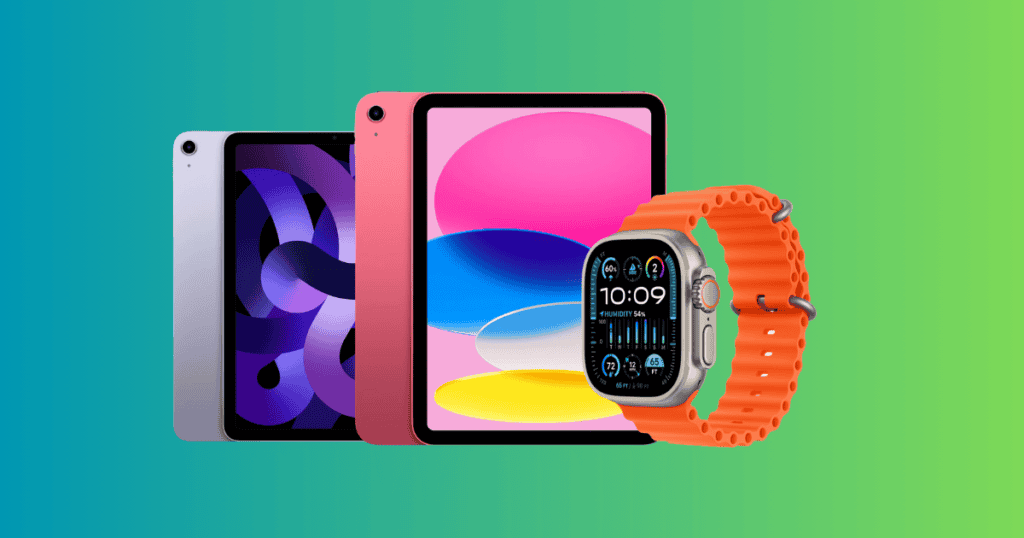
Apple’s Newest Smartwatches Return to Online Store Following Brief Hiatus
In the ever-evolving landscape of consumer electronics, Apple Inc. has recently restored its latest series of smartwatches to its online store after a temporary withdrawal, a move that has piqued the interest of technology enthusiasts and industry analysts alike. Although the precise reasons behind the hiatus remain undisclosed, the reemergence of these devices is poised to not only bolster Apple’s product portfolio but also to possibly redefine the benchmarks for wearable technology. As market observers speculate on the factors that necessitated the hiatus, including potential supply chain disruptions or strategic inventory management, the return of these smartwatches is expected to offer insights into the resilience of Apple’s operations. Against the backdrop of a highly competitive sector, where innovation and customer satisfaction are paramount, the implications of this reavailability are multifaceted, potentially affecting future product releases, consumer expectations, and the company’s overall market strategy. As the conversation unfolds, the industry awaits to see how this episode will influence the tech titan’s trajectory and the broader wearable space.
Key Takeaways
- Apple’s smartwatches were temporarily removed from the online store due to a patent infringement dispute.
- Apple successfully resolved the availability issues and the smartwatches are now available for purchase again.
- Customers responded positively to the relaunch, indicating strong brand loyalty and pent-up demand.
- The temporary halt in sales could have a significant impact on Apple’s revenue and market share, especially in the high-end market segment.
Unexpected Hiatus Explained
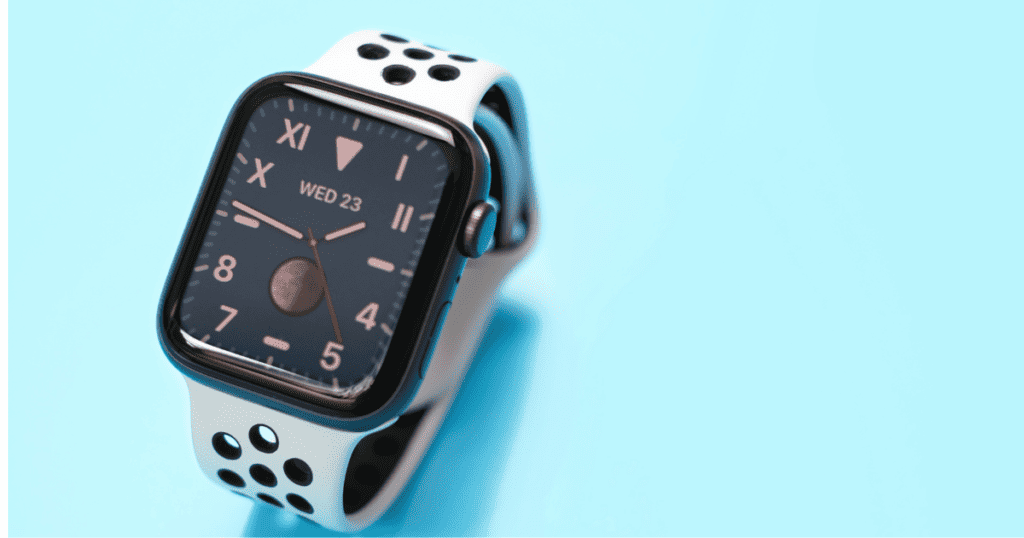
The temporary removal of Apple’s latest smartwatches from its online store was the result of a patent infringement dispute with Masimo Corporation concerning pulse oximetry technology utilized in the devices. This legal confrontation escalated when the US International Trade Commission (ITC) favored Masimo, leading to an import ban on the contentious products. Despite the looming restriction, President Biden refrained from intervening, placing the onus back onto Apple to seek legal reprieve.
In response, Apple swiftly filed an emergency appeal to the Federal Circuit Court, achieving a temporary suspension of the ITC’s import ban. This decisive action permitted the resumption of sales, although the specter of an ongoing patent dispute with Masimo remains. As part of its efforts to navigate the complex legal landscape, Apple has indicated plans to modify the software of the pulse oximeter feature, which is at the heart of the dispute.
The company’s proactive approach extends to redesigning the affected smartwatches to gain approval from US Customs, ensuring compliance with any potential rulings. Apple’s agility in addressing these legal challenges underscores its commitment to maintaining product availability for consumers, despite the uncertainty surrounding the ITC’s acceptance of their proposed solutions.
Resolving the Availability Issues
In addressing the availability issues, Apple has successfully navigated legal challenges to resume sales of its latest smartwatch models with redesigned features and software adjustments. The dispute with medical device company Masimo, which centered on a patent for pulse oximetry technology, had led to a sales halt of the Apple Watch Series 9 and Ultra 2 in the United States. The US International Trade Commission’s initial ruling in favor of Masimo culminated in an import ban, significantly impacting Apple’s ability to provide these models to customers.
Nevertheless, a federal appeals court provided Apple with interim relief by blocking the ban. Apple’s prompt response, confirming a redesign and software tweaks to sidestep the patent infringement issue, has allowed the company to meet compliance standards. The subsequent approval by US Customs has facilitated the return of the full Apple Watch lineup, including the affected models, to the online store.
As a result, the Apple Watch Series and Apple Watch Ultra are once again available for purchase. Apple has effectively managed the availability issues that stemmed from the legal confrontation, ensuring the continuity of sales and customer access to their newest smartwatches.
Customer Response to Relaunch
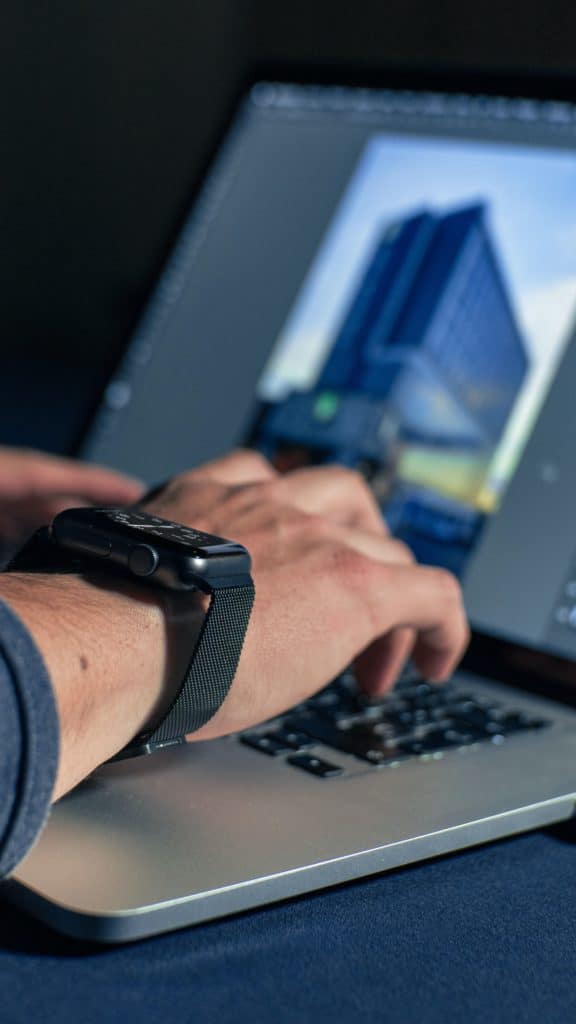
Enthusiasm and relief characterize the customer response as Apple’s latest smartwatches make their comeback on the online store, post-resolving the recent legal hurdles. The return of the Apple Watch Series and the Apple Watch Ultra to digital shelves has been met with a positive reception, indicating a strong brand loyalty and a pent-up demand for these high-end wearables. Customers were particularly concerned about the potential import ban’s impact on their ability to access the latest technology; thus, the temporary block on the ban has been a welcome development.
Analyzing the chatter on social media and tech forums, it’s clear that the availability for purchase of the return Apple Watch Series has reignited consumer interest. Some speculate about the possible software tweaks to features like the pulse oximeter, while others are eager to see the promised redesigns. The customer response also suggests a keen eye on the ongoing legal proceedings, with many expressing hope for a resolution that doesn’t impede future innovation.
Apple’s swift action to address the availability issues and restore the smartwatches to the market underscores the importance of these devices within its product ecosystem. As sales resume, the wearables market watches closely, with customers and industry analysts alike considering the broader implications of the legal challenges faced by Apple.
Impact on Apple Watch Sales
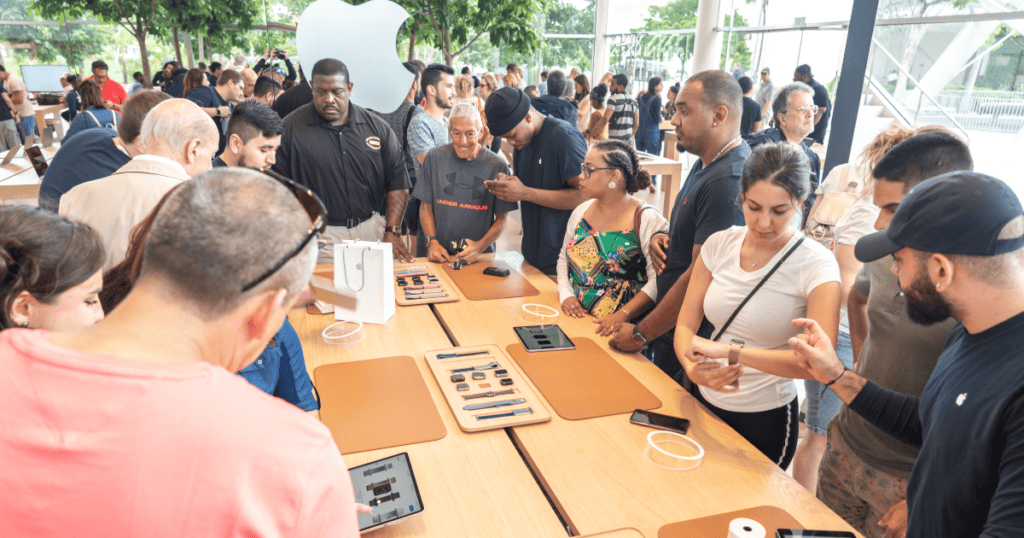
Apple’s recent hiccup in sales, due to the temporary halt of the Apple Watch Series 9 and Ultra 2, could significantly dent the company’s revenue and shake up its market share in the competitive smartwatch landscape. The interruption of sales comes at a critical time when the wearable market is experiencing vigorous growth, making the timing of the ITCS order particularly impactful. The introduction of an exclusion order against these models may disrupt Apple’s momentum in capitalizing on consumer interest in advanced health-tracking features that the Apple Watch Ultra and Series 9 offer.
To highlight the impact of this situation:
- A potential decline in sales could be a short-term setback affecting Apple’s quarterly financial results.
- The exclusion order could prompt customers to explore alternative smartwatches, potentially eroding brand loyalty.
- The competitive advantage held by the Apple Watch Ultra and the impact Apple Watch Series has on the high-end market segment could be diminished if the hiatus prolongs.
The return of these products to the Apple online store suggests that the issue may have been resolved; however, the full impact on sales and consumer confidence could linger, depending on the duration of the hiatus and the resolution of the underlying legal dispute.
Future Preventative Measures
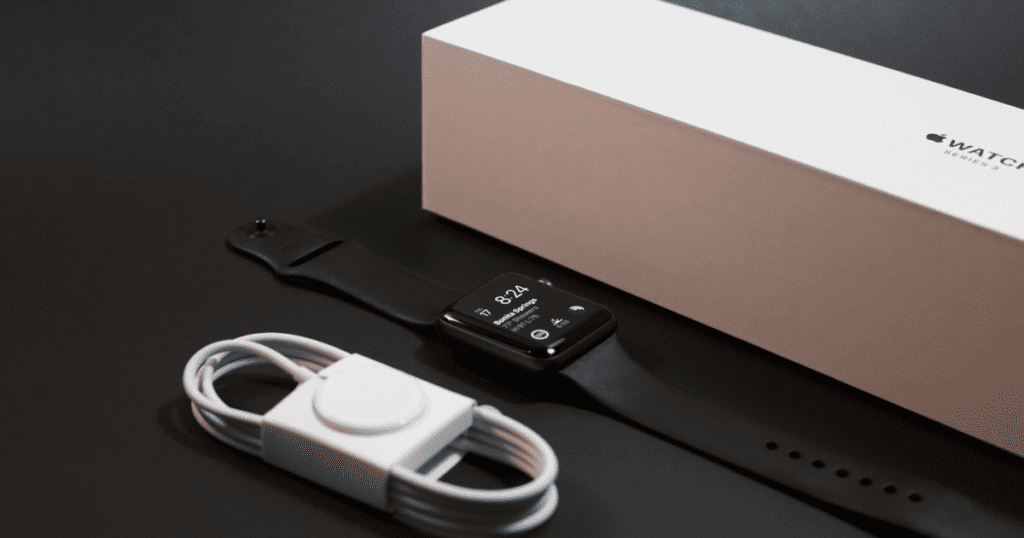
To mitigate against future legal challenges, Apple is expected to implement a series of strategic measures aimed at preventing patent disputes. In the wake of the recent incident, the company is now pre-emptively taking steps to safeguard its apple watch models from similar predicaments. Apple will likely explore a combination of legal and technical options to fortify its intellectual property positions, including rigorous research to preclude infringements on existing patents.
A dedicated team may be formed to continuously monitor and address potential patent issues, ensuring that apple watch variants remain unimpeded in their market presence. This unit would be responsible for conducting an exhaustive analysis of current patents and forecasting possible legal entanglements. By identifying risks early, Apple can take corrective action before these issues mature into an ongoing legal battle.
Moreover, Apple is poised to increase its engagement with other industry stakeholders, seeking opportunities for collaboration and open communication to mitigate the risk of future disputes. Investing in proprietary technology development is also on the table, which could reduce dependency on external patents and reinforce Apple’s legal standing. Such proactive measures demonstrate Apple’s commitment to maintaining the uninterrupted availability and innovation of its smartwatch lineup.
Conclusion
In conclusion, the re-emergence of Apple’s latest smartwatch models in the online marketplace represents a significant rebound from the temporary suspension of sales. The resolution of supply and logistical issues has led to renewed consumer engagement with the brand’s innovative offerings. This development is likely to bolster sales figures and fortify Apple’s dominance in the wearable tech domain. Proactive strategies may be implemented to mitigate future disruptions, ensuring sustained availability of these high-demand devices.

